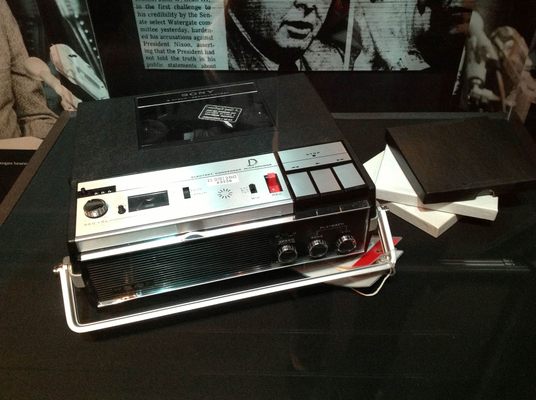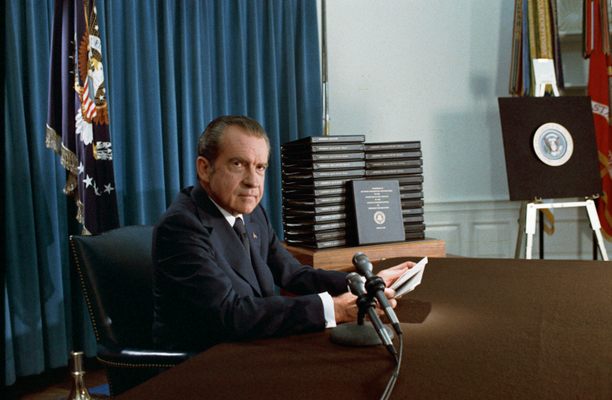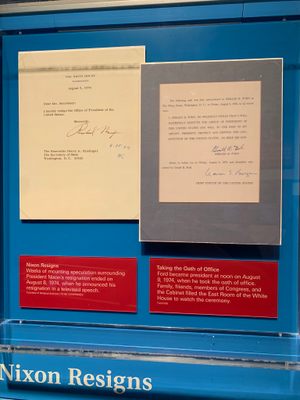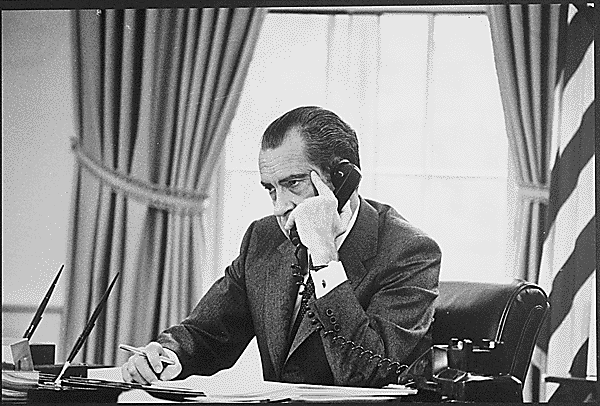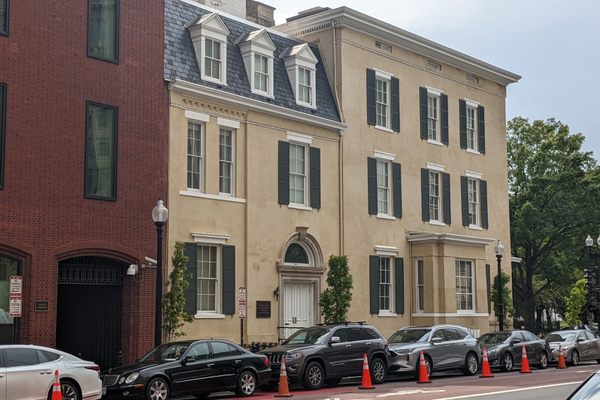About
Several U.S. Presidents have chosen to employ recording devices in the Oval Office, with varying motives and implications. Despite the sinister associations most people have with the Watergate-era “smoking gun” tapes that sunk the Nixon administration, one abiding Washington axiom holds true: "D.C. is more often 'Veep' than 'House of Cards.'”
Franklin Delano Roosevelt was the first president to tape the Oval. Irritated at reporters who were misquoting him, FDR got a high-tech (for the time) recorder from the head of RCA and hid it in a lamp. He used the recorder for 11 weeks and then had it torn out.
Next up on the presidential recorder list is John F. Kennedy. Kennedy was livid after the Bay of Pigs as advisors who’d privately backed the invasion later claimed publicly to have been against it. JFK's White House (and the following Johnson Administration) used their secret tapes as a way to hold underlings to account. Anything said in the Oval was “on the record” for the president’s purposes.
Last in the presidential recorder club is of course “Tricky Dick” Nixon. President Nixon was technologically inept and had problems with recorders of all kinds, including simple devices with just two buttons: play or pause. Aides were baffled as the president constantly taped over his own recordings, prematurely stopped recording, or failed to activate the recorders at all.
Finally, a system was designed that used a transistor he wore to voice activate recording devices. If he was physically in the Oval and there was chatter, the idiot-proof system would record everything. Of course, this ended up producing the comprehensive tape archive that also included conversations that Nixon very much wanted to keep off the record. In the end, the White House tapes were subpoenaed by investigators and Nixon was forced to resign as a result.
Upon assuming office, President Ford had the taping system thrown away, and none of his successors have seen the wisdom in replacing it. One of Nixon's tape recorders can now be seen on display at the Ford Presidential Museum in Michigan. You can also listen to the Nixon Tapes online at the Nixon Library website.
Related Tags
Community Contributors
Added By
Published
May 31, 2017
